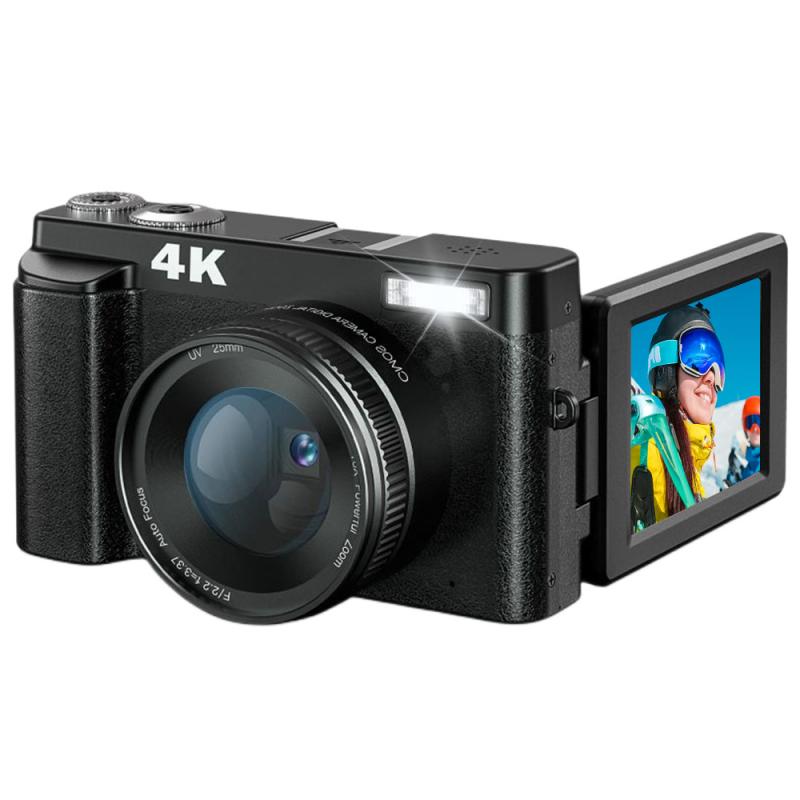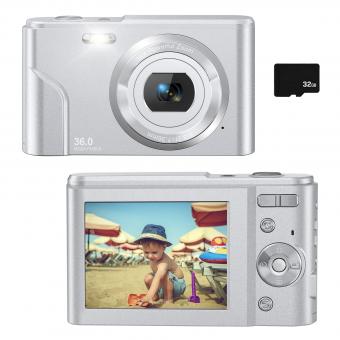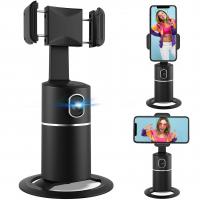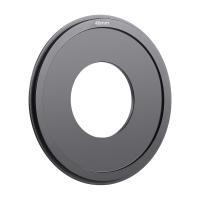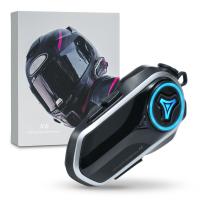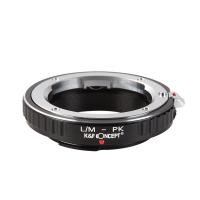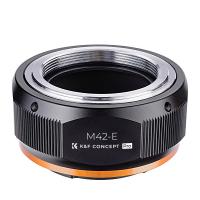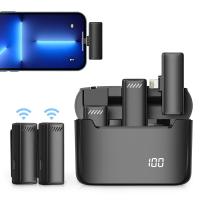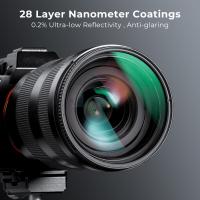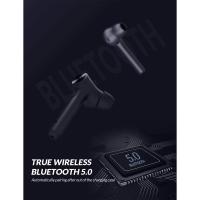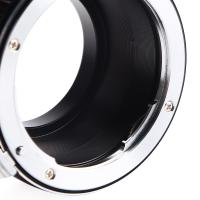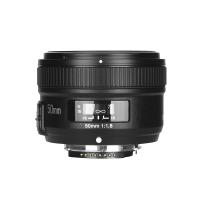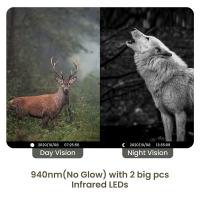Which Digital Camera Is Best For Photography ?
There is no definitive answer to which digital camera is best for photography as it depends on various factors such as personal preferences, budget, and specific photography needs. Some popular options among professional photographers include the Canon EOS 5D Mark IV, Nikon D850, Sony Alpha A7R IV, and Fujifilm X-T4. These cameras offer high-resolution sensors, advanced autofocus systems, and excellent image quality. However, it is important to consider factors such as lens compatibility, ergonomics, and the overall camera system ecosystem when making a decision. Ultimately, the best camera for photography will vary from person to person based on their individual requirements and shooting style.
1、 Image sensor size and resolution
When it comes to choosing the best digital camera for photography, one of the most important factors to consider is the image sensor size and resolution. The image sensor is the heart of a digital camera, as it captures the light and converts it into a digital image.
Image sensor size refers to the physical dimensions of the sensor, typically measured in millimeters. A larger sensor size generally allows for better image quality, especially in low-light conditions, as it can capture more light. It also provides a shallower depth of field, allowing for more creative control over the focus and background blur in photographs.
Resolution, on the other hand, refers to the number of pixels on the sensor. Higher resolution sensors can capture more detail and produce larger prints without losing quality. However, it's important to note that resolution alone does not determine image quality. Factors such as sensor technology, lens quality, and image processing also play a significant role.
In recent years, there have been significant advancements in image sensor technology. Full-frame sensors, which are equivalent in size to traditional 35mm film, have become increasingly popular among professional photographers. They offer excellent image quality, wide dynamic range, and superior low-light performance. However, they tend to be more expensive and bulkier than cameras with smaller sensors.
Crop-sensor cameras, which have smaller sensors than full-frame cameras, are also widely used and offer excellent image quality at a more affordable price point. They are particularly popular among enthusiasts and hobbyist photographers.
Ultimately, the best digital camera for photography depends on individual needs and preferences. Professional photographers and those seeking the highest image quality may opt for full-frame cameras, while others may find crop-sensor cameras more suitable for their needs and budget. It's important to consider factors such as image sensor size, resolution, budget, and intended use when making a decision.
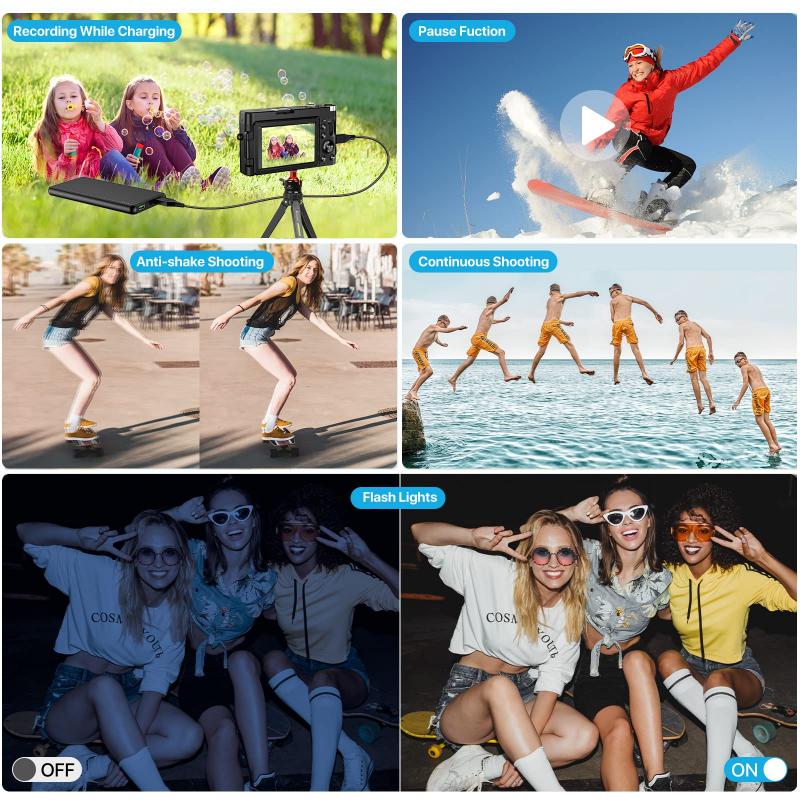
2、 Lens quality and focal length options
When it comes to choosing the best digital camera for photography, two crucial factors to consider are lens quality and focal length options. These aspects greatly impact the overall image quality and versatility of a camera.
Lens quality plays a vital role in capturing sharp and detailed images. High-quality lenses are typically made with superior optics, advanced coatings, and precision engineering, resulting in minimal distortion, aberrations, and maximum light transmission. Brands like Canon, Nikon, Sony, and Fujifilm are renowned for their exceptional lens quality, offering a wide range of options to suit different photography needs.
Focal length options determine the camera's versatility in capturing various types of shots. A camera with a wide range of focal lengths allows photographers to shoot everything from wide-angle landscapes to telephoto portraits. This flexibility enables photographers to experiment with different perspectives and compositions, enhancing their creative possibilities. Cameras with interchangeable lenses, such as DSLRs and mirrorless cameras, offer the most extensive focal length options, as they allow users to switch between different lenses based on their specific requirements.
In terms of the latest point of view, mirrorless cameras have gained significant popularity in recent years. They offer excellent image quality, compact size, and a wide range of lens options. Mirrorless cameras also often feature advanced autofocus systems and high-speed continuous shooting, making them suitable for various photography genres, including sports and wildlife.
Ultimately, the best digital camera for photography depends on individual preferences, budget, and specific photography needs. It is recommended to research and compare different camera models, considering lens quality and focal length options, to find the perfect match for your photography style.
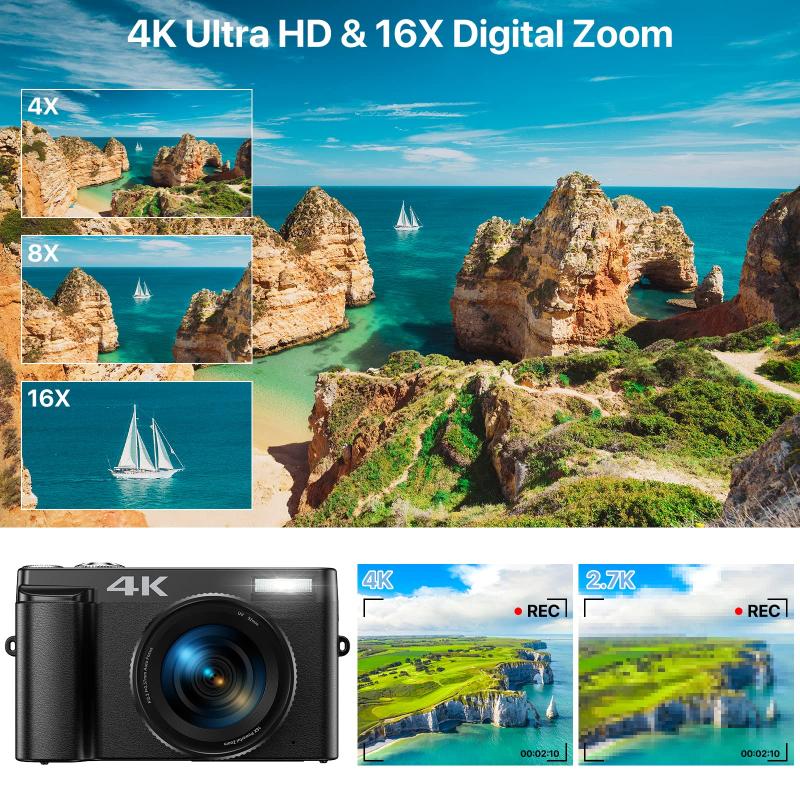
3、 ISO range and low-light performance
When it comes to choosing the best digital camera for photography, two crucial factors to consider are ISO range and low-light performance. These features play a significant role in capturing high-quality images in challenging lighting conditions.
Currently, there are several digital cameras that excel in ISO range and low-light performance. One such camera is the Sony Alpha A7S III. It boasts an impressive ISO range of 40-409,600, allowing photographers to shoot in extremely low-light situations without compromising image quality. The A7S III also features a back-illuminated full-frame sensor, which enhances its low-light capabilities by reducing noise and improving dynamic range.
Another top contender is the Nikon D850. With an ISO range of 64-25,600 (expandable to 32-102,400), this camera delivers exceptional low-light performance. Its high-resolution 45.7-megapixel sensor ensures detailed images even in challenging lighting conditions. The D850 also incorporates advanced noise reduction technology, resulting in clean and sharp images at high ISO settings.
For those looking for a more compact option, the Fujifilm X-T4 is worth considering. It offers an ISO range of 160-12,800 (expandable to 80-51,200) and features Fujifilm's renowned X-Trans sensor technology. This sensor design minimizes noise and produces impressive image quality, particularly in low-light situations.
It's important to note that the digital camera market is constantly evolving, with new models being released regularly. Therefore, it's advisable to stay updated with the latest releases and reviews to ensure you make an informed decision based on the most current information available.
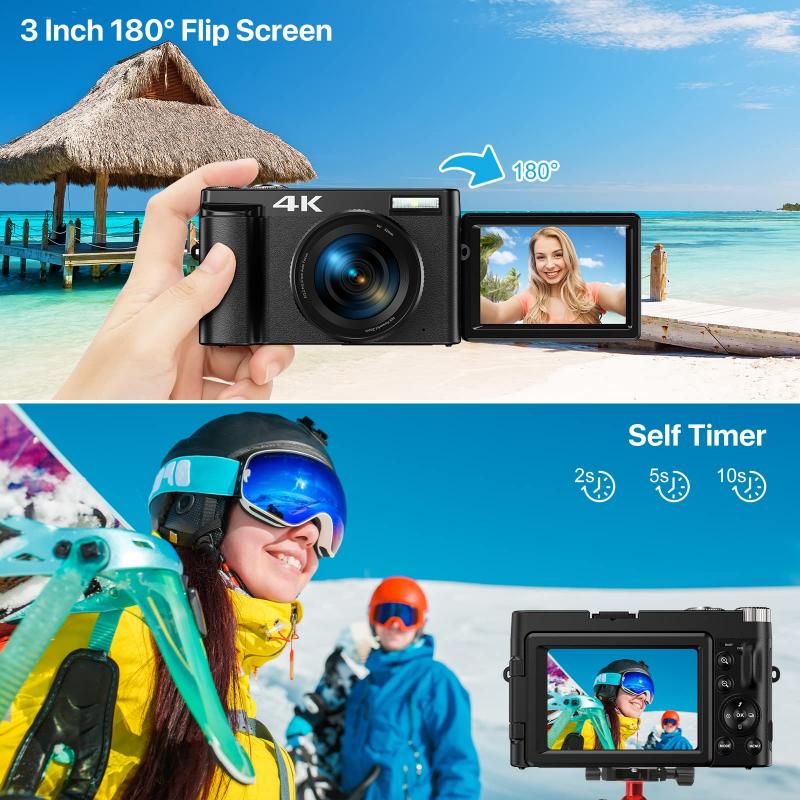
4、 Autofocus speed and accuracy
When it comes to autofocus speed and accuracy, there are several digital cameras that stand out in the market. However, it is important to note that the "best" camera for photography depends on individual needs and preferences. That being said, there are a few cameras that are highly regarded for their autofocus capabilities.
One camera that is often praised for its autofocus speed and accuracy is the Sony Alpha a9 II. This full-frame mirrorless camera boasts an impressive 693-point phase-detection autofocus system, which allows for quick and precise focusing. The a9 II also features real-time tracking and eye autofocus, making it ideal for capturing fast-moving subjects or portraits with exceptional sharpness.
Another camera that excels in autofocus performance is the Canon EOS-1D X Mark III. This professional-grade DSLR offers a 191-point autofocus system with advanced AI Servo AF technology. The camera's deep learning algorithm enhances subject tracking, resulting in highly accurate and reliable autofocus even in challenging shooting conditions.
In terms of the latest point of view, mirrorless cameras have been gaining popularity for their autofocus capabilities. Models like the Sony Alpha a7R IV and the Nikon Z7 II offer advanced autofocus systems with a high number of focus points and improved subject tracking. These cameras utilize sophisticated algorithms and artificial intelligence to deliver fast and accurate autofocus performance.
Ultimately, the best digital camera for photography in terms of autofocus speed and accuracy will depend on the specific needs and shooting style of the photographer. It is recommended to try out different cameras and consider factors such as lens selection, shooting conditions, and overall system compatibility before making a decision.
